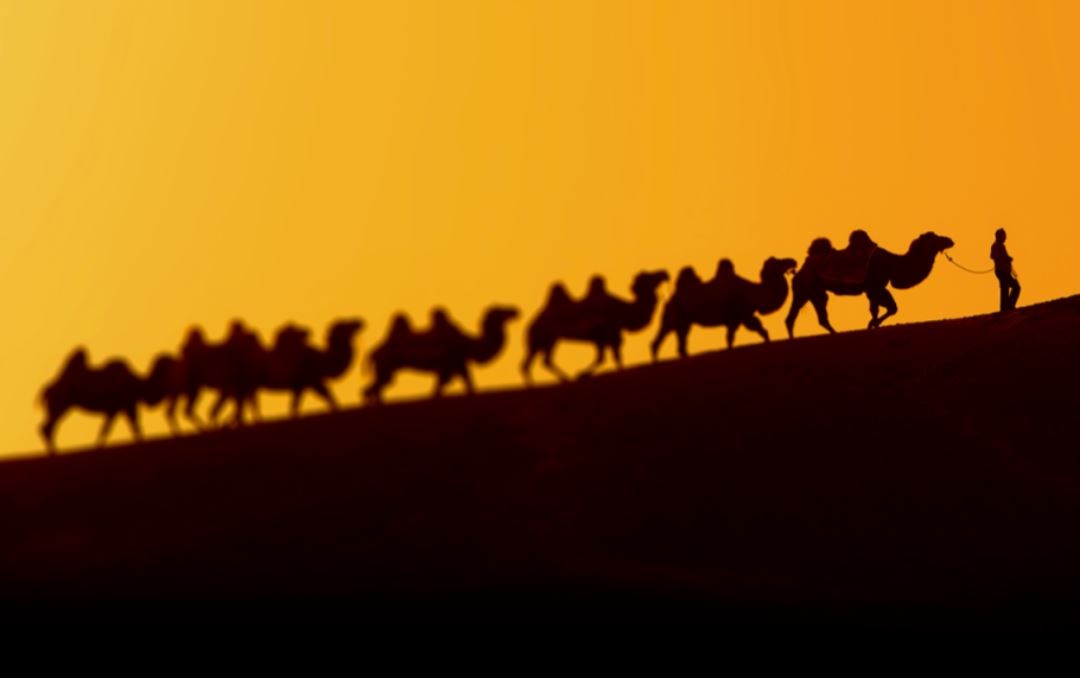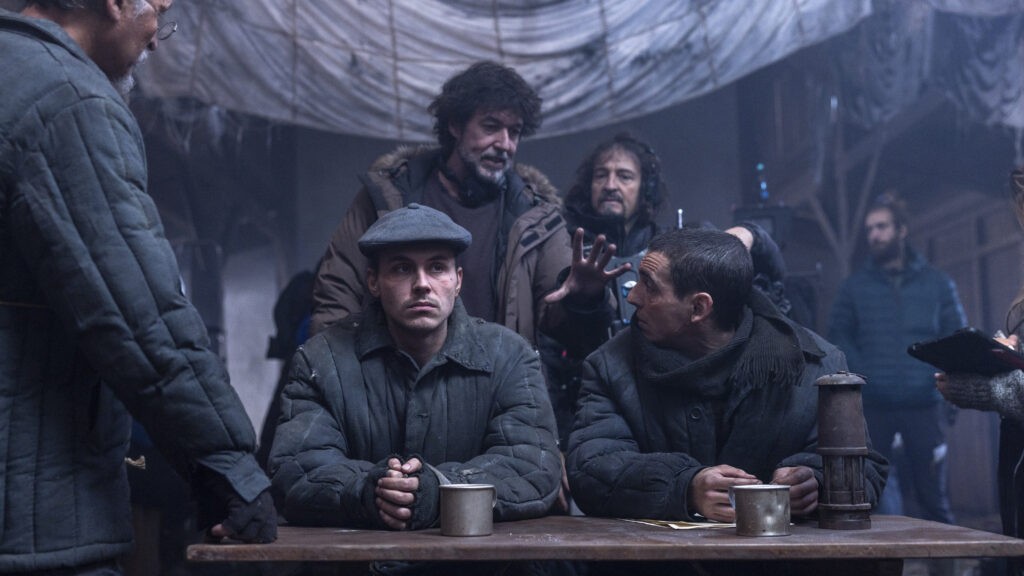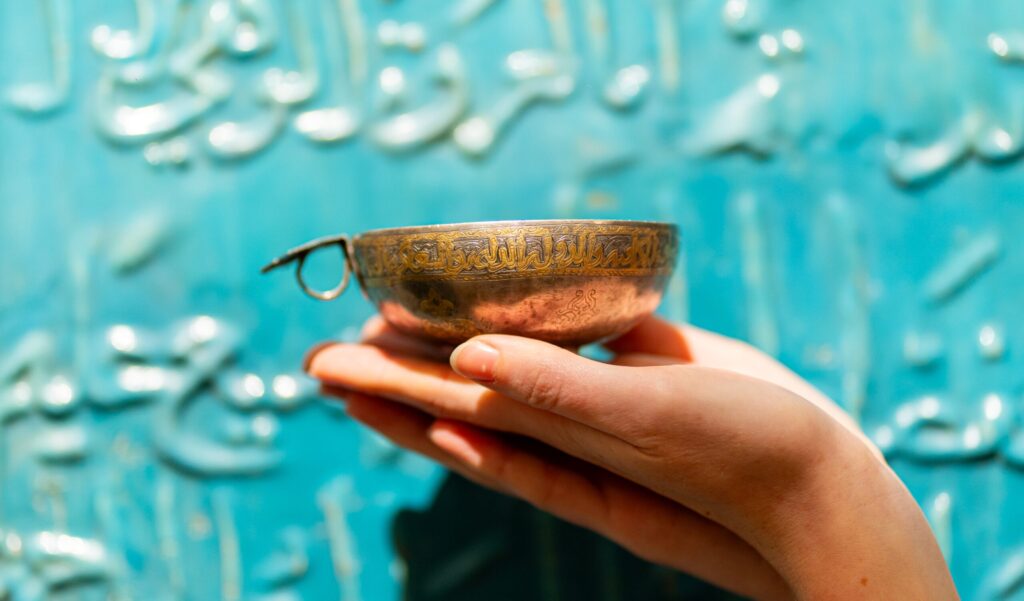The curators of the Silk Roads exhibition at the British Museum got out of their comfort zones to create the show, which traces the intricate ties and overlapping networks linking Asia, Europe and Africa centuries ago.
The lead image of the exhibition is the silhouette of a camel caravan that evokes romanticized notions of Silk Road trade, but the curators wanted to go further, exploring the geographic sweep of the routes along which people, objects and ideas moved over many generations. The London show, which opened in late September and runs until Feb. 23, 2025, includes objects from nearly all the museum’s collection departments as well as items on loan from Uzbekistan, Tajikistan and other places.
Silk Roads has received generally positive reviews and some raves. There are a few critics. William Dalrymple, a prominent historian whose most recent book is “The Golden Road: How Ancient India Transformed The World,” said the show didn’t give enough attention to India.
Last week, the curators said in a presentation that the connectivity and expansiveness of the project could be a model for exhibitions on other topics even as it hewed to rigorous scientific research involving British Museum experts and international specialists from other institutions.
The Silk Road exhibition “goes beyound the norm in its experimental approach to tell big stories in a museum setting,” curator Luk Yu-ping said, adding that it was the first major show at the British Museum led by a team of three curators from different departments and with different fields of knowledge.
“Each of us has had to step beyond our comfort zones and stretch well beyond our areas of expertise,” said Luk, an expert in Chinese paintings and prints as well as Central Asia collections. The result, she said, is an exhibition that “shows the potential for reimagining permanent displays and further developing partnerships and future projects” involving the British Museum.
Another curator, Sue Brunning, said the layout of the Silk Roads show tries to evoke a winding journey through distant lands.
“The design of the exhibition is quite open with no walls and few barriers, and this is also to emphasize the connectivity between the different regions,” said Brunning, an archaeologist who specializes in early medieval European collections.
Visitors can see for long distances down the gallery, and the different heights of the displays give an idea of the terrain, according to Brunning. There are also large images of the sea, mountains and other natural environments that give a sense of what people were traversing at the time, as well as an “ambient soundscape of environmental and travel sounds,” she said.
The third curator is Elisabeth R. O’Connell, a specialist in ancient Egypt and the Byzantine period. She did not participate in the talk.
While the Silk Roads network lasted for millennia, the British Museum is focusing on a relatively narrow slice of it – the period between AD 500 and AD 1,000, when contacts accelerated and flourished.
Luk said museums in Uzbekistan and Tajikistan loaned objects for the exhibition that filled in “gaps in the museum’s collections and enabled us to bridge the eastern Silk Roads to West Asia. The curator visited Samarkand and Tashkent in Uzbekistan during preparation for Silk Roads three years ago. One of the highlights of the exhibition is a collection of elephant ivory chess pieces – possibly the oldest in the world – that was excavated from under the floor of an 8th century mosque in Samarkand, Uzbekistan.
“Further discussions took place with museums in Kyrgyzstan and Kazakhstan,” Luk said. “And although in the end we could not borrow from them, they generously permitted us to include photographs of their objects in the exhibition book.”









